International Galleries Alliance wants to unite the art world
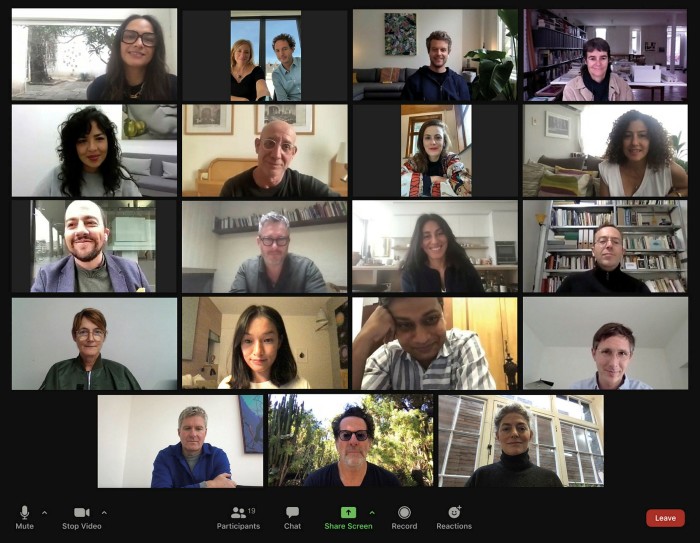
Roula Khalaf, Editor of the FT, selects her favourite stories in this weekly newsletter.
In a rapidly changing industry like the contemporary art world, with so many small players, the lack of a collective global voice has long been felt. Now a pioneering group of dealers have created the International Galleries Alliance (IGA), with embryonic plans for everything from summits to an online sales platform. It wants attract an initial 300 members so they can weather any storms in force.
“We’ve come together at such an important time, to lay tracks in an increasingly digital world,” says Vanessa Carlos, founder of London’s Carlos/Ishikawa gallery and one of the 21-strong organising committee. Her fellow members span Guatemala, South Africa, India and Hong Kong. There are 163 members so far, with 19 on the IGA’s voting committee to select its members.
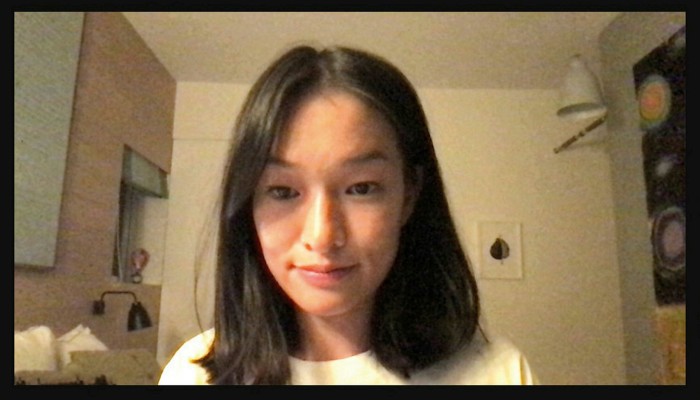
Formal and informal links between galleries already exist — notably the Society of London Art Dealers and the Art Dealers Association of America — but as their names suggest, these operate regionally and are predominantly western. Now that technology has brought us all closer, a wider community of like-minded professionals has become possible. Plus, as many of the IGA’s members note, Covid-19 gave the industry a chance to pause and reassess its structures.
“In the past couple of years there have been so many more initiatives to enable galleries to gain exposure without having huge expenses,” says Lorraine Kiang, co-founder of Edouard Malingue Gallery in Hong Kong. “So I happily said yes to [the IGA] to discuss how the art business can evolve over time.”
London gallerist Sadie Coles, whose galvanising WhatsApp group during the pandemic set in motion current collaborations, including the IGA, says that Covid “forced the issue because at first none of us had anything to do, so we all talked to each other”. She notes other collaborations that grew in earnest through the pandemic, including Italics, South South, Gallery Platform LA and the Gallery Climate Coalition, which now has more than 550 members.
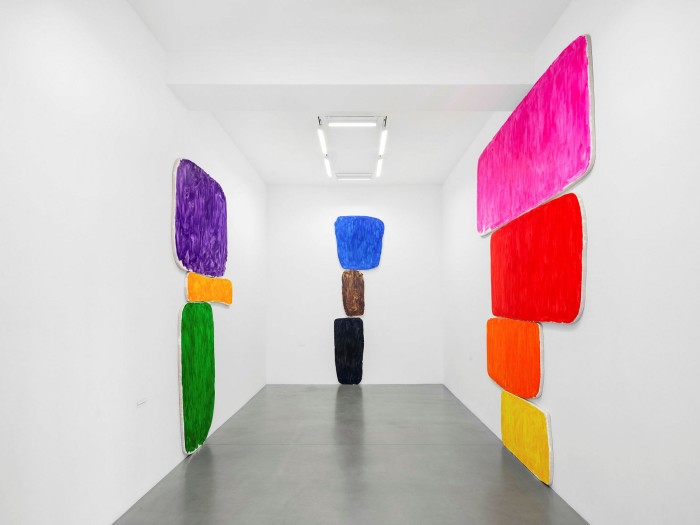
Top of the IGA’s agenda is its first regular summit, held over Zoom to accommodate the geographic spread of its members. Topics for discussion are still being debated, but environmental issues are at the fore, while other hot areas include the balance between real-life and virtual showings, decentralised sales platforms and the relationship between galleries, art fairs and auction houses.
“There are much bigger issues than, say, the future of fairs,” says Coles, “it is more about the ecosystem as a whole and potentially even quite philosophical. I am personally very keen on using the IGA to lobby on behalf of arts education, for example.” She notes too that geographic and economic differences between the galleries already on board show how complicated and nuanced some topics are. “We need to recognise that at the moment, in some ways, it is a luxury to become carbon neutral,” she says.
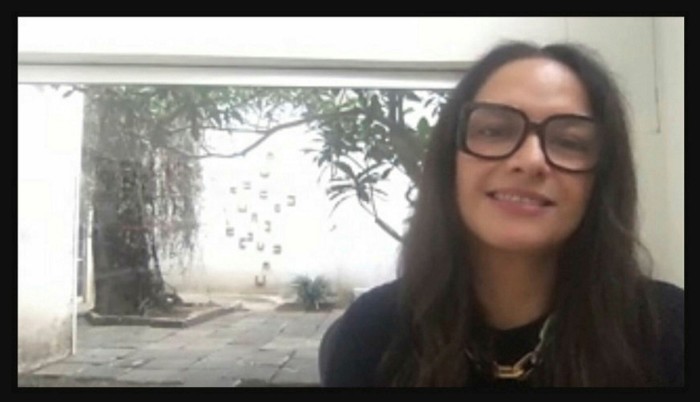
Pamela Echeverría, founder of Labor gallery in Mexico City, says her motivations for joining the organising committee include more prosaic outcomes. “It’s as much about striking deals with shipping partners as debating the future of NFTs [non-fungible tokens],” she says. Prateek Raja, co-founder of Kolkata’s Experimenter gallery, says that the IGA is “a precursor of something we might get in the future. It’s as if the publishing industry got together before Amazon came along.”
This Amazon might take the form of something swallowing up all the galleries’ data. Raja wants the ability to “own the platform ourselves, be in control of our data, our clients, our behaviour.” While other organisations — including art fairs, auction houses and some of the major galleries on the circuit — have lent their platforms to galleries during the pandemic, there have been concerns about how to protect proprietary information.
For the IGA, the focus is on collaboration. Membership is invitational, based on the decisions of the voting committee, which — like the organising committee — will rotate every two years. In theory, members will reach any decisions together. Blum describes it as “a completely headless democratisation, a union”, Raja as “a utopian idea”.
The members accept this could be a challenge. “Of course there will be human-related problems. Every square on a Zoom meeting represents an ego with its own anxieties,” Echeverría says. But she and others support the flat structure. Raja says: “Despite the best of intentions, the art world has created hierarchies. But fundamentally, we all have similar ideals and [the IGA] is about camaraderie, friendship and equality.”
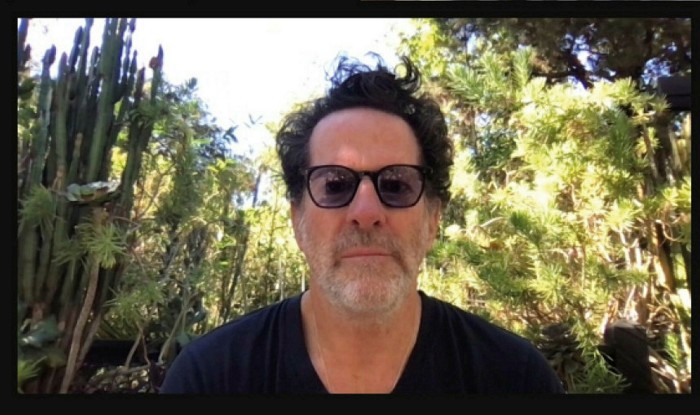
While most of the galleries on the organising committee are well-established, their aim is to recruit more emerging outfits and foster diversity. “Speaking personally, I am happy to contribute something that wasn’t available to me as I was coming up,” says Tim Blum, who co-founded Blum & Poe in Santa Monica in 1994 and now also operates in New York and Tokyo. Raja talks of developing a forum in which “everyone can speak openly, be fearless and feel safe”. Organisers have pitched the IGA’s membership fee at £650 per year, adding to its accessibility.
Plans for the online sales platform are at an early stage — Vanessa Carlos says its timing is “to come” — but members believe this is an important outcome of the alliance. “We might all feel tired of OVRs [online viewing rooms] since the pandemic, but there is no way our world isn’t going in that direction,” Carlos says. “So instead of resisting it, we need to let it work alongside everything we do.”
No one quite knows the shape of things to come — organisers only began to drum up membership last month — but the sense of shaking up the status quo in a post-pandemic world comes through strongly. “We all want a more rewarding dialogue. We just have to get organised so that we can be louder together,” says Coles. Blum adds: “It’s an experiment, but we won’t get sucked back into the old, peripatetic system. We want to find a new balance.”
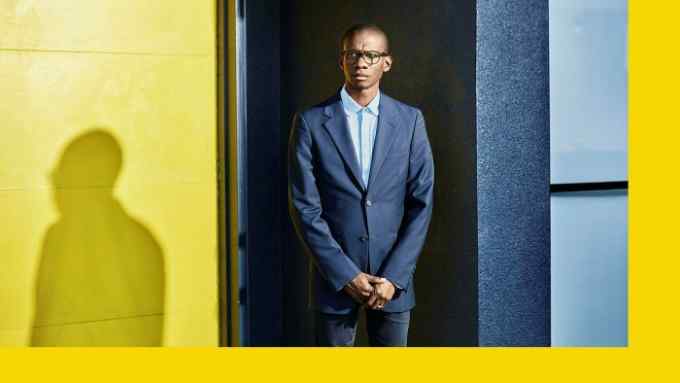
Comments